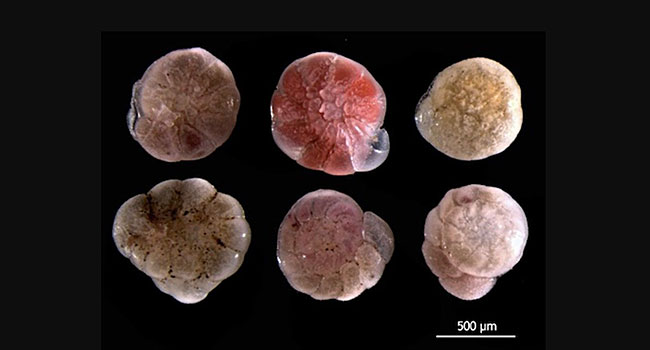AI Set to Make Deep Sea Discoveries
 Artificial intelligence could soon be at the forefront of marine biology helping scientists discover new species in the world's oceans.
Artificial intelligence could soon be at the forefront of marine biology helping scientists discover new species in the world's oceans.
Researchers at North Carolina State University have developed an AI program that can automatically provide species-level identification of microscopic marine organisms.
Following on from this achievement, the next step could be to incorporate the AI programs into robotic systems/vehicles and send them out on voyages to the deep.
Researchers have been testing and developing their AI program on forams, which are tiny organisms that are neither plants nor animals. They have been a presence in the Earth’s oceans for more than 100 million years.
Currently, the AI program can identify six species of forams.
“At this point, the AI correctly identifies the forams about 80 percent of the time, which is better than most trained humans,” says Edgar Lobaton, an associate professor of electrical and computer engineering at North Carolina State University.
“But this is only the proof of concept. We expect the system to improve over time because machine learning means the program will get more accurate and more consistent with every iteration. We also plan to expand the AI's purview, so that it can identify at least 35 species of forams, rather than the current six.”
Time-Saving Automation
Identifying foram species is tedious and time-consuming, but if robots and AI can automate the process scientists’ time could be freed up for other things.
The system works by placing a foram under a microscope capable of taking photographs. A total of 16 images from different directions are taken, and this is combined with as much information about the organism’s shape as possible. AI then uses this information to make an identification which it does so in mere seconds, much faster than humans.
The scientists’ research has been published in a paper, “Automated species-level identification of planktic foraminifera using convolutional neural networks, with comparison to human performance," in the journal Marine Micropaleontology.
Add your Comment
[LOGIN FIRST] if you're already a member.fields are required.
